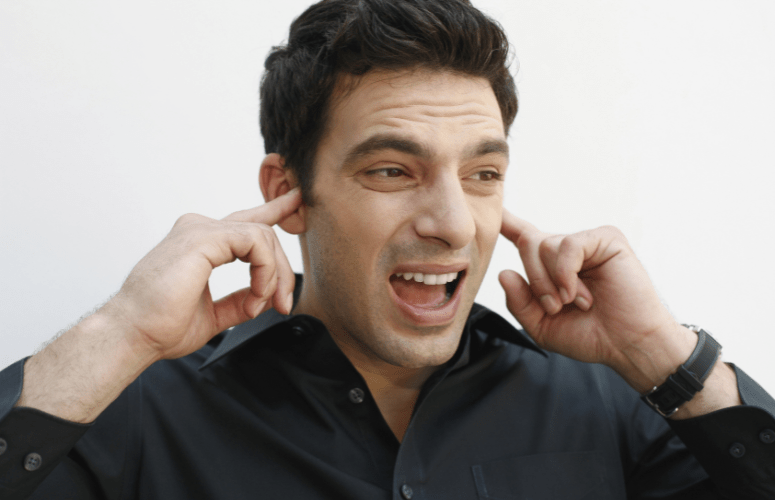Ear Wax
A build-up of ear wax is a common cause for blocked ears and is easily removed by a doctor. It is important to avoid sticking anything into your ears or attempting to remove the wax yourself. You are likely to push the wax further into your ear and may even cause trauma to your eardrum. However, you may try softening drops (eg. Waxsol) available from the chemist. These can dissolve or soften the wax making it easier for your doctor to remove.
Middle Ear Infection
The middle ear is located behind the ear drum. A middle ear infection occurs when there is build-up of fluid and inflammation in this area. It may be due to either a bacterial or viral infection and is often associated with pain.
Treatment may involve antibiotics or grommets (tiny tube inserted into the eardrum) for longstanding issues.
Swimmers Ear
This is generally caused by water becoming trapped in the ear canal after swimming, leading to an infection in the ear canal. Symptoms may include pain, a squelching sensation when you move your jaw, a feeling of fullness and muffled hearing. It is important to see your doctor who will usually prescribe medicated ear drops to treat your blocked ears.
You can also take preventative measures to remove water from your ears after swimming such as:
- Tug gently on the outer portion of your ear. This will straighten out the ear canal and allow water to drain out.
- Lie on the ground with your affected ear parallel to the floor, tilt your head and jiggle your earlobe. Gravity will take care of the rest! You can use a cotton swab to remove any water remaining in your ears.
Eustachian Tube Dysfunction
The eustachian tube is the small canal that runs from the middle ear to the nose and throat. It is responsible for equalising pressure between the middle ear and the outside world. It also drains any fluid or mucus from the middle ear into the nose/throat. Eustachian tube dysfunction occurs when the lining of the tube is swollen or when there is a build-up of mucus or fluid. Common causes are allergies and infections such as a cold or sinus issues. Eustachian tube discomfort may also be experienced when flying in an aircraft or diving. Symptoms for all may include muffled hearing, pain, tinnitus and a feeling of fullness. Usually, these resolve on their own but if not, it is important to see a doctor.
You can help relieve the full feeling of blocked ears by swallowing, yawning or chewing gum. If this doesn’t work, take a deep breath and try to blow out of your nose whilst pinching your nostrils closed and keeping your mouth shut.

